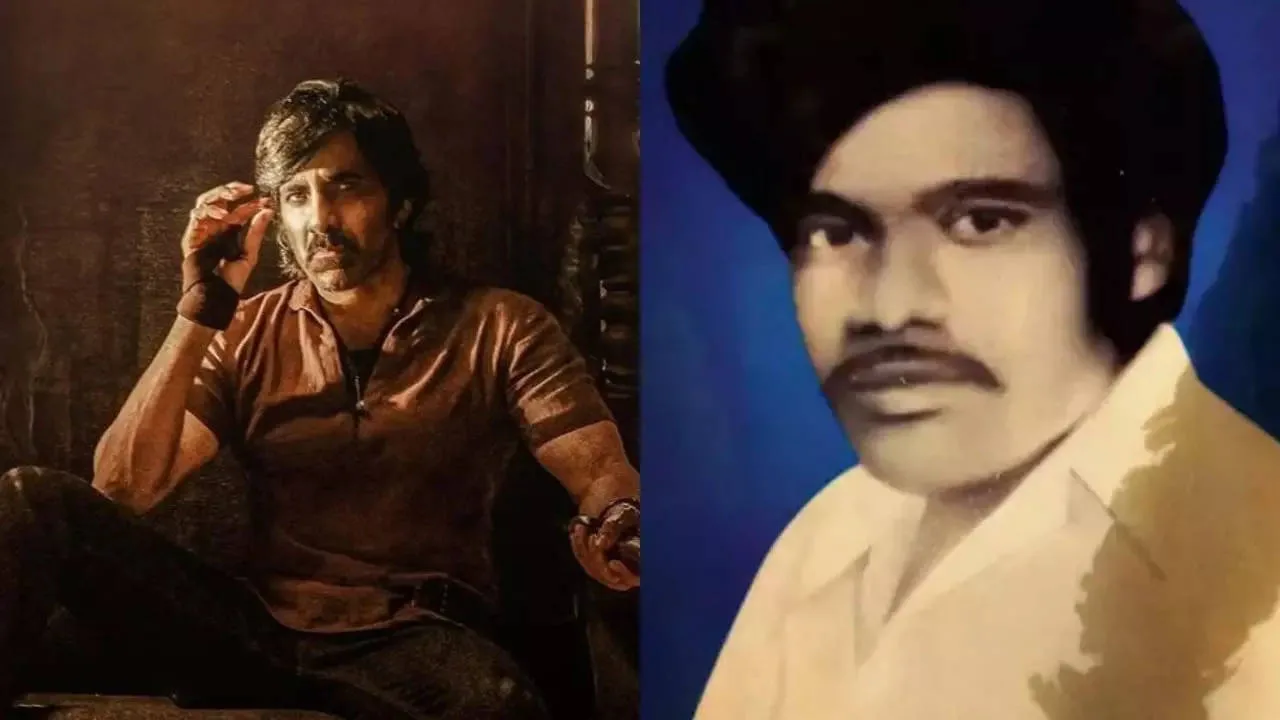TikTok DIY controversy with TayBeepBoop has struck a nerve. Here’s why
Another day, another TikTok controversy nobody can seem to stop talking about.
The arts and crafts corner of the video-sharing app has been up in arms ever since @TayBeepBoop, a DIY craft and interior designer with about 2 million followers, called out @kaarinjoy, another DIY influencer with about 2 million followers, for appearing to copy some of her projects and color schemes.
The ensuing tearful back-and-forth between them has sparked thousands of reaction videos and comments across the app as people take sides and debate who deserves proper credit and whether credit is even necessary when someone makes art inspired by DIY content or other public sources like Pinterest.
More:TikToker went viral after man stole her shoes on date: What it says about how we get even
It’s a murky topic, but experts say one thing is clear: Humans remain hard-wired to be social and take sides in a conflict, depending on whom they most identify with.
“Not only are people sharing their views, but these views are supported and amplified by the masses,” Smriti Joshi, a licensed clinical psychologist and chief psychologist at mental health app Wysa, told USA TODAY. “Because of this, whether the view is positive or negative, the users feel justified in their voice as people continuously like, share and join in on these thoughts, almost turning it into a sort of campaign. Then it’s really about winning.”
Why do we care so much about the craft drama?
The internet has come down hard on @TayBeepBoop, who deleted her original video accusing @kaarinjoy of stealing her ideas and later posted a separate video earlier this month apologizing. The interest in the DIY creators’ dispute has been stunning; the hashtag #TayBeepBoopDrama has nearly 10 million views.
Experts say people on the internet find joy in watching someone fall from grace in real-time, even if the punishment (hate from thousands of people) doesn’t fit the crime (suggesting someone stole an idea from your DIY video).
“It gives people a temporary escape from their own lives, allowing them to indulge in the thrill of someone else’s conflict without actually being directly involved,” crisis management and public relations expert Molly McPherson previously said. “It taps into our innate desire for justice and our fascination with human conflict. It’s like watching real-life reality television play out in front of our eyes, and people can’t help but follow along in their feeds to see how it all unfolds.”
It also gives people an opportunity to connect with others in shared frustration over an argument in which they’ve taken the same side.
“This builds allies and alliances that empower the individual posting their issue,” said Cheyenne Bryant, a life coach who has appeared on “Teen Mom: Family Reunion” and has a Ph.D. in counseling psychology. “It enables them to increase momentum and aids them in building a culture around the issue. It can also be cathartic for them, making them feel as though they have a support system and are not alone.”
More:An angry bride, a bar and how people are getting even in the era of TikTok
It’s not just influencers going viral and getting hate
The craft controversy isn’t the first to rock the app. Earlier this year, TikTok saw the rise of #CakeGate and #TattooGate, both of which involved unsatisfied customers going viral for complaining about the quality of pricey goods and services they purchased.
The internet, and especially TikTok in recent years, has taken venting to the next level. When we feel we’ve been given the short end of the stick, we seek out those who will tell us we’re right, experts say, and, in viral videos, people are able to find thousands who agree with them.
“When you feel like you are getting scammed, there’s usually a sense of powerlessness,” said Andrea Bonior, a clinical psychologist and host of the podcast “Baggage Check: Mental Health Talk and Advice.” “Posting about it often tries to reverse that, giving you validation when people agree that you were wronged.”
More:People online are fighting over a rainbow sprinkle cake. It’s gotten out of hand.
Experts say these viral phenomena are about more than a craft idea, cake or tattoo; they’re about the urge to pick a side and a need to feel validated by others − even if they have no real connection to either party.
Plus, drama has always had a way of banding people together. Now it’s just happening on a much larger scale.
“People have always been engaged by gossip and conflict,” said Gayle Stever, a professor of social and behavioral sciences at Empire State University of New York. “In my mother’s day, it was about the neighbors, and it would have been the cake shop down the road. Today, because the boundaries of our social worlds have expanded, we learn about these things from a distance, but the human proclivity to weigh in on something that is essentially none of our business is irresistible for many – not all – people.”
More:TikTok’s latest drama, #Tattoogate, and the reason we love complaining on the internet
Contributing: Hannah Yasharoff



